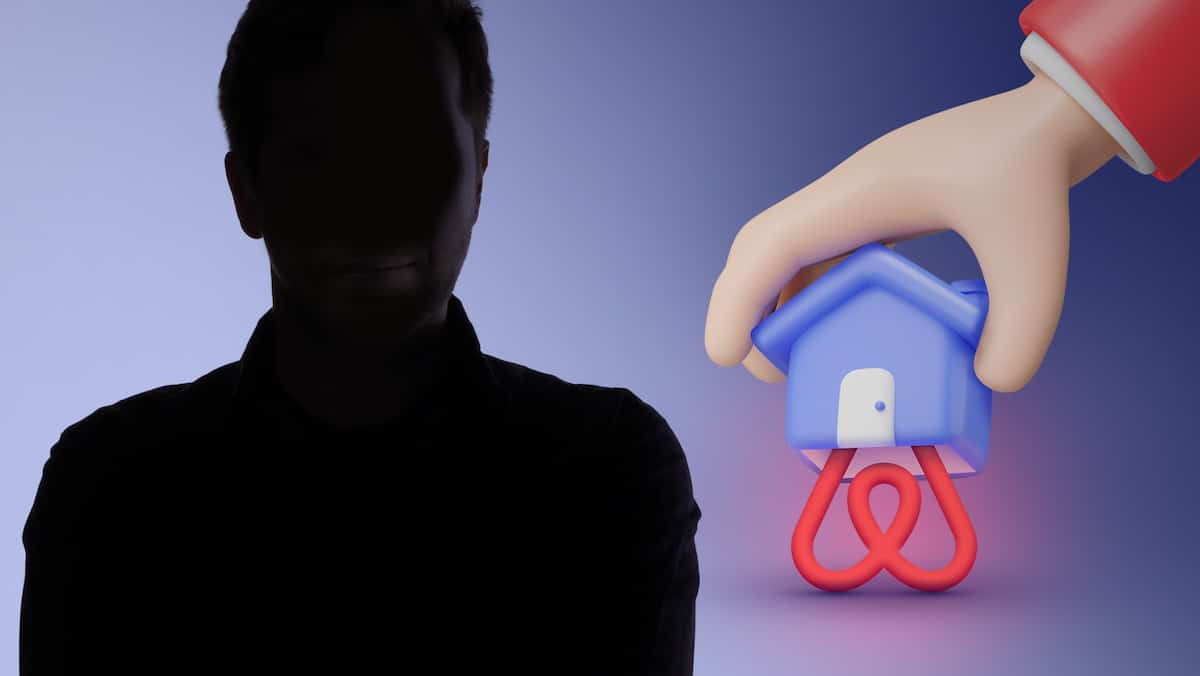(Laval) If the Legault government is ready to reject industrial projects in the face of the expected strong increase in electricity consumption, there is no room for touching the goals of transport electrification, as confirmed by the Minister of Economy and Energy, Pierre Fitzgibbon.
The minister has already stated that the government must “choose” from among the many requests from companies that want access to Hydro-Quebec’s network to supply new industrial projects. He also sees energy efficiency as a way to reduce stress on the grid.

Archive photo by Charles William Pelletier, special collaboration
Economics Minister Pierre Fitzgibbon
The electrification of transport will not be slowed down by these mitigation measures, Mr Fitzgibbon stresses. Quebec does not intend to ease up on the accelerator while the transportation sector accounts for 43% of greenhouse gas emissions. “My colleague Benoit Charette (Minister of the Environment) is pushing me back to say: ‘I need energy to be able to decarbonise,’” he said during an announcement on the electrification of transport, Friday in Laval.
There are nearly 170,000 electric vehicles in Quebec, according to data from the Electric Vehicle Association of Quebec (AVÉQ). The government wants to increase this figure to 2 million by 2030. “Obviously, this will put enormous pressure on Hydro-Québec, not in terms of energy, but in terms of energy management,” the minister admits.
Hydro-Québec envisages an end to energy surpluses around 2027. Crown estimates that more than 100 additional TWh of electricity will be needed to meet demand and achieve carbon neutrality by 2050. This capacity will be increased through energy efficiency, new solar and wind projects as well as potential new hydroelectric dams.
In order to find ways to reduce pressure Quebec is giving an aid of 2.7 million to two companies that will develop software that will make it possible to manage the consumption of charging stations in multi-unit housing. The idea is to move the vehicle charge period off peak.
The Electric Vehicle Charging (RVE) project and Dimonoff, in partnership with the École de technologie supérieure (ÉTS), will allow them to “erase 4,000 megawatts of energy and move electric vehicle charging off the point,” says head of electric vehicle recharging David Corbeil.
industrial demand
On the sidelines of the announcement, Mr Fitzgibbon confirmed that there was only 1,000 megawatts of electricity left to carry out major new industrial projects, a figure he revealed to the parliamentary committee on Thursday.
However, Quebec can accommodate more projects, he is eligible. The government has received a list of applications equivalent to 23,000 MW and close to 10,000 MW is being seriously considered. “You have to pay attention. We don’t need that today,” Nuance said in an interview.
“With the wind turbines that we will build, with the turbines that we will replace, with the energy efficiency that we will have. We, in the Ministry of Economy, are working on the missing 9,000 megawatts, and we are serializing them at the time when it can be done.”
The minister adds that interest in electrifying Quebec is strong. He says he has had discussions with companies that have said they are willing to wait a year or two to be able to connect to Hydro-Quebec’s grid, because their electricity reduces the projects’ carbon footprint.

“Music guru. Incurable web practitioner. Thinker. Lifelong zombie junkie. Tv buff. Typical organizer. Evil beer scholar.”







